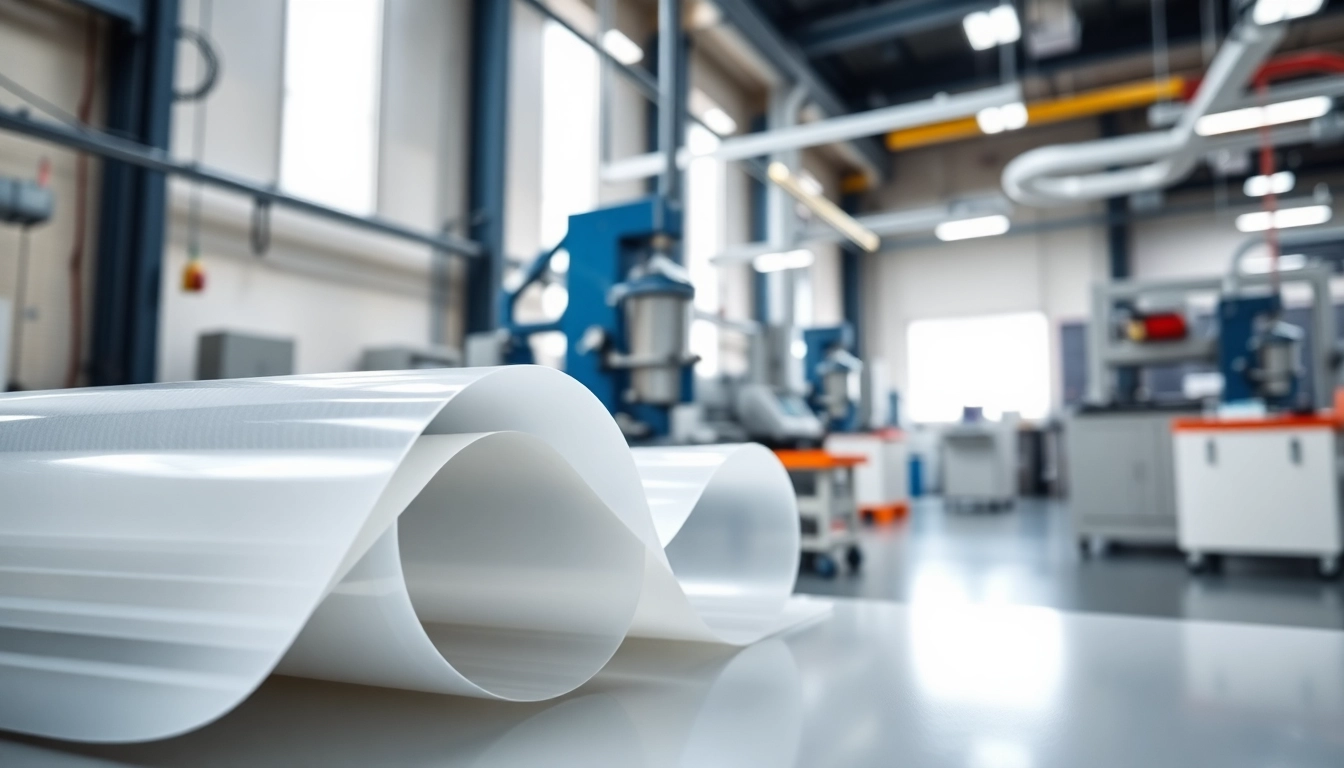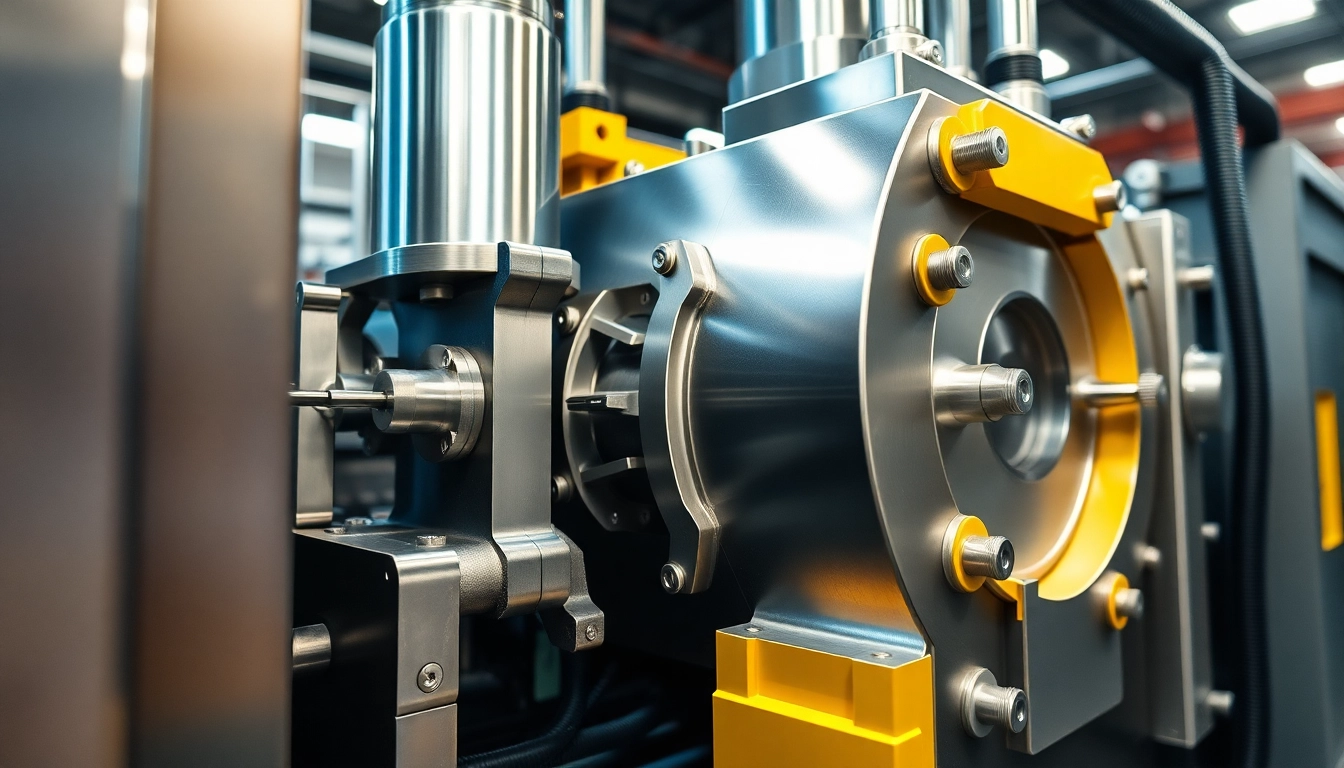Understanding Adhesive Films
What are Adhesive Films?
Adhesive films are unique materials used primarily in bonding applications across various industries. These films are composed of adhesive substances sandwiched between two protective layers, allowing for a clean and efficient bonding process that minimizes excess material and waste. They result in strong, reliable, and clear connections between components when activated by heat or pressure. The adhesive films typically come in various thicknesses, compositions, and bonding capabilities, providing versatile solutions to meet industry-specific needs.
Components of Adhesive Films
The structure of adhesive films generally comprises three core components: the carrier film, the adhesive layer, and protective liners. The carrier film provides the physical form and supports the adhesive during handling and application. The adhesive layer is the heart of the film, determining bonding efficiency and methods of activation. Finally, the protective liners shield the adhesive layer from contaminants prior to application, ensuring optimal performance when it’s time to bond surfaces.
Types of Adhesive Films Available
There are various types of adhesive films available, categorized by their activation methods and applications:
- Heat-activated films: These adhesive films require specific heat levels to activate the adhesive properties, making them suitable for industries like aerospace and automotive.
- Pressure-sensitive films: These can bond without requiring heat, allowing for quick applications in diverse environments, from electronics to packaging.
- Structural adhesive films: Engineered for superior strength, these films are employed in applications needing high-performance bonding.
Applications of Adhesive Films
Industries Utilizing Adhesive Films
Adhesive films find their applications across numerous industries, including:
- Aerospace: From aircraft interiors to structural components, adhesive films contribute to weight savings and structural integrity.
- Automotive: They are widely used for bonding panels and insulation materials, enhancing sound dampening and thermal properties.
- Electronics: Ensuring seamless circuits and connective components, adhesive films provide necessary conductivity and insulation properties.
- Medical: In device assembly and wound sealing, they play a crucial role in protecting and bonding sensitive materials.
Case Study: Aerospace Sector
In the aerospace industry, adhesive films are crucial for creating lightweight yet sturdy bonds. For instance, the integration of adhesive films in aircraft wing assembly allows for the reduction of weight while maintaining structural integrity, leading to better fuel efficiency and reduced emissions. Technological advancements in adhesive film formulations enable the creation of bonds resistant to extreme temperatures and moisture, essential for aviation operations.
Case Study: Automotive Industry
The automotive industry leverages adhesive films for various applications, from securing dashboard panels to isolating sound and vibration. A notable example involves the bonding of composite materials in electric vehicles, wherein high-performance adhesive films contribute to structural integrity and lightweight construction, thus improving overall vehicle efficiency. Additionally, the use of pressure-sensitive adhesive films allows for faster assembly processes and reduced labor costs.
Benefits of Using Adhesive Films
Advantages in Bonding Processes
Adhesive films offer significant advantages in bonding processes:
- Consistency: The uniform thickness ensures consistent application and bonding strength across surfaces.
- Reduction of Waste: Their pre-cut nature minimizes excess adhesive, reducing environmental impact and costs associated with overuse.
- Clean Application: Adhesive films eliminate the mess associated with liquid adhesives, resulting in cleaner production spaces.
Cost-efficiency Comparisons
When comparing traditional adhesive methods to adhesive films, there is a remarkable difference in cost efficiency. Adhesive films often lead to lower operational costs due to reduced assembly times and minimized waste of materials. Additionally, the need for additional curing or setting time associated with liquid adhesives is eliminated, expediting production cycles and improving overall throughput.
Environmental Impact Considerations
Utilizing adhesive films can contribute significantly to sustainable practices within industries. Their efficient application reduces material waste and harmful emissions typically produced by liquid adhesives during curing. By moving towards modern adhesive film technology, businesses can better align with environmental regulations while also promoting a greener production ethos.
Best Practices for Implementing Adhesive Films
Preparation of Surfaces
Surface preparation is paramount in ensuring effective bonding with adhesive films. Surfaces should be clean, free of contaminants such as dust, oil, or old adhesive residues. Typical preparation steps include:
- Cleaning surfaces using compatible solvents.
- Ensuring the surface is dry and free from moisture.
- Using mechanical or chemical abrasion to enhance surface energy if necessary.
Temperature and Pressure Guidelines
Every adhesive film comes with specific temperature and pressure guidelines that need to be adhered to for optimal bond formation. Following the manufacturer’s instructions regarding activation temperature and the required psi for pressing will ensure the longevity and durability of the bond. Typically, higher heat and pressure can enhance cure rates, making for stronger bonds.
Testing and Quality Assurance
Implementing a stringent quality assurance protocol is essential to maintain performance standards. Regularly testing the adhesive bond strength, using methods like peel tests or shear tests, can provide insights into the effectiveness of the adhesive films employed. Continuous monitoring, coupled with feedback loops, will help optimize procedures and material choices.
Future Innovations in Adhesive Film Technology
Emerging Trends and Developments
The adhesive film market is witnessing a wave of innovations driven by advancements in material science and technology. Innovations are leaning toward smart adhesive films that can offer real-time monitoring or adaptive bonding properties. Hyper-adhesive form factors, featuring multi-functionality, are also gaining traction, aimed at meeting the increasing demands for weight reduction and performance enhancement across various applications.
Potential Market Growth and Opportunities
The demand for adhesive films is projected to grow exponentially, driven by the increasing application in industries focusing on sustainability and efficiency. As manufacturers seek alternatives to traditional bonding methods, adhesive films offer compelling growth opportunities. This growth will be propelled by trends such as automation in manufacturing processes and development in high-performance materials.
Adapting to Industry Needs
To remain competitive in the adhesive film landscape, it is crucial for manufacturers to adapt to evolving industry needs. Potential strategies include investing in research and development to create customized solutions that meet specific client demands. Additionally, collaboration with industries such as aerospace and automotive to understand pain points will create targeted adhesive films that enhance performance and market fit.
For more detailed information on adhesive films and their applications, you can explore the comprehensive resource available at adhesives films.



